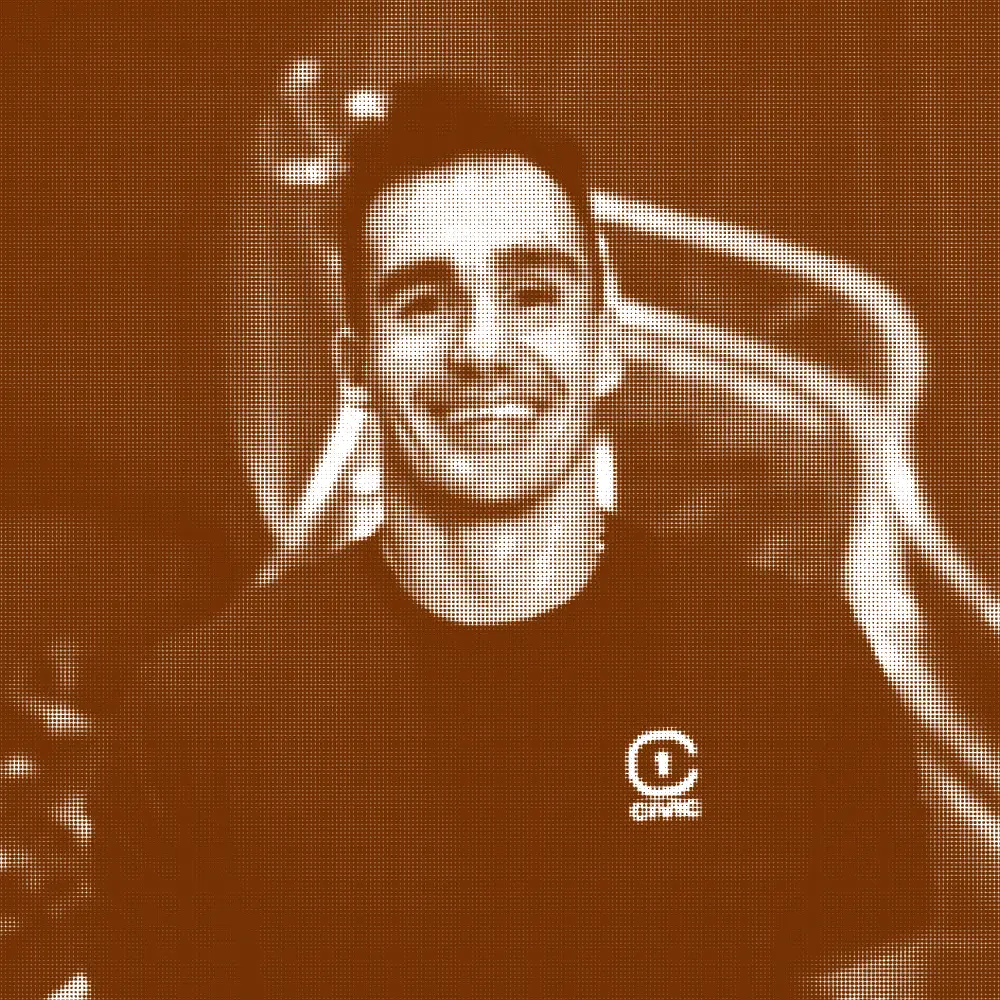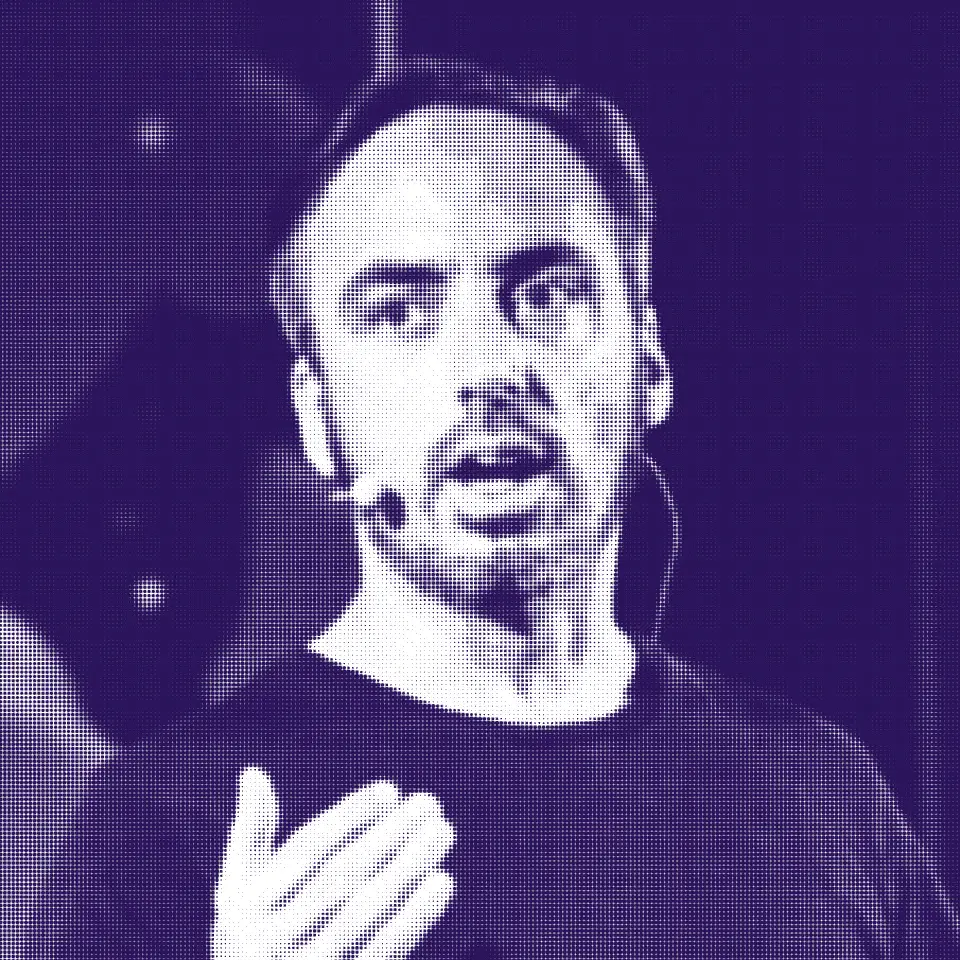
LLMs didn't suddenly get "smart."
They got tools.
The leap from chat toy to working assistant came when models could call functions, check facts, and take constrained action.
To illustrate this leap, we are pleased to introduce you to Riley. He's going to show you exactly how this works.

Riley the Friend
Riley is the kind of friend everyone wants—warm, curious, and always eager to help. Ask him anything and he'll give you an answer without hesitation. What's the capital of Mongolia? Ulaanbaatar. How do I fix a leaky faucet? Here are three approaches. Where should I eat tonight? He's got a recommendation ready. He'll tell you your startup idea is brilliant and original—the best he's heard. You'll feel excited, validated, ready to build. Then you do some research and discover 40 competitors already in that space. Riley wasn't lying; he genuinely thought it was great. But here's the thing: Riley is often confidently wrong. He'll contradict himself minutes later with equal conviction. Ask him the same question twice and you might get two different answers. Despite these flaws, people love Riley because when he's right, he's incredibly helpful. And even when he's wrong, he feels so human in his mistakes.

Riley's Dad
To understand Riley, you need to understand his dad. Everything Riley knows came from his father—years of conversations, stories, lessons absorbed from childhood. His dad tried to be careful, filtering out the worst parts of what he knew, removing obvious falsehoods and harmful ideas. But here's the irony: it's impossible to teach someone your entire worldview without injecting your biases into them. Riley's dad shaped how Riley thinks, what he values, his blind spots, even his assumptions about what's true. This is pre-training and fine-tuning (including RLHF—reinforcement learning from human feedback). Riley didn't learn from his own experience in the real world; he learned from one massive dataset—his dad—that formed his entire mental model.
The Pattern Matcher
Riley's dad noticed something interesting about how Riley answered questions. Riley would group and cluster information, finding patterns in everything he'd learned and matching them to whatever you asked. It worked remarkably well—until it didn't. When Riley didn't know something, he wouldn't say "I don't know." Instead, he'd reach for his existing knowledge and try to make it fit. Ask him about a niche technical topic he'd never encountered, and he'd draw on adjacent concepts, pattern-match his way to something that sounded plausible, and deliver it with confidence. Riley's dad realized the problem: Riley was never trained on how to collect new information. He only knew how to use what he already had. When his existing knowledge fell short, he couldn't admit the gap—he'd just fill it with the closest pattern he could find.
On its own, Riley is fluent but closed—great at sentences, bad at tasks. That changes the day he gets a phone.
The Phone
That's when Riley's dad had an idea. What if Riley had a phone? Not just for calling people, but as a bridge to the outside world—a way to access information beyond what his dad had taught him. The phone would let Riley connect to apps: Gmail for checking emails, Calendar for scheduling, Google Search for finding current information, a calculator for precise math. Riley's dad couldn't teach Riley everything, but he could give Riley the means to find what he didn't know. The phone became Riley's gateway. It didn't replace what Riley learned from his dad—it extended it. Now when someone asked Riley a question he couldn't answer from memory, he could actually look it up, verify it, pull in real-time data. The phone transformed Riley from someone limited by his training into someone who could reach beyond it.
Riley in Action
Here's where Riley becomes truly powerful. "Plan a client dinner next Thursday."
Watch what happens: Riley checks your calendar → reads client notes → shortlists restaurants near their hotel → drafts an invite email and calendar hold → waits for your approval to book. He's not doing these tasks one after another—he's running them in parallel, orchestrating multiple sources at once. This is agentic execution: plan → call tool → read result → decide next step, looping until the goal is done (or Riley asks you). The phone didn't just give Riley access to information. It gave him the ability to act.
How It All Fits Together
Riley = a large language model (LLM)
Dad = pre-training + fine-tuning (including RLHF)
Phone = tools and connectors (Search, Calendar, Email, Docs, Database, Web)
Agentic execution = plan → call tool → read result → decide next step (loop with approvals)
This combination is why ChatGPT went from interesting to useful. A year ago, it was just Riley without the phone—impressive pattern matching, good at conversation, but limited to its training data and prone to confident hallucinations. Then it got the phone. Suddenly it could search the web for current information, execute code, analyze files, access your calendar. And critically, it learned to use these tools in parallel, chaining them together to complete complex tasks. It's not a smarter model. It's the same Riley, now empowered by the right infrastructure.
The breakthrough wasn't better intelligence. It was giving intelligence the ability to act.
Building Your Own Riley
If you're building AI assistants, you need three layers:
- Model – Choose the LLM(s) and how you prompt them (system prompts, few-shot examples), plus guardrails.
- Tools & Data – Stable, permissioned connectors to the systems your users live in (email, calendar, docs, SaaS APIs, internal data). Include retrieval for "memory" so Riley can cite and re-use past context.
- Orchestrator – The agent loop that plans → calls tools → reads results → decides next step. Add approvals, logging, rate limits, cost controls, and fallbacks.
Guardrails checklist:
- Approvals for irreversible actions
- Auth scoping & secret rotation
- Logging + replay for each tool call
- Timeouts, retries, and cost caps
- Clear error surfacing when a step fails
At Civic, we're building exactly this infrastructure. We provide the phone—a way to connect your LLM with the tools it needs. We handle the authentication, token refresh, secure credential management, server deployment—all the messy infrastructure that makes tool access actually work in production. The only thing you have to think about is: what information will my agent need? Not how to securely connect to Gmail's API, or how to manage OAuth flows, or how to avoid storing sensitive tokens. Just what your Riley needs to be useful.
Because once you understand how these pieces fit together—the LLM, the tools, the orchestrator, the guardrails—the question isn't whether to build AI assistants. It's what you're going to build them to do.






